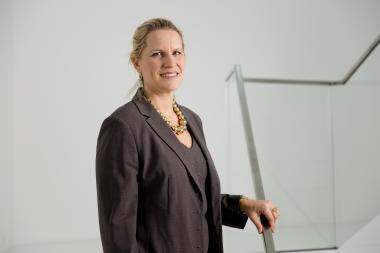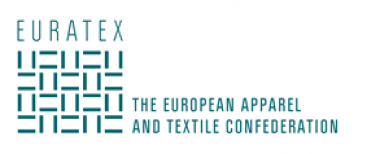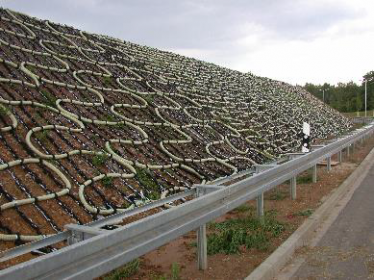BTE-Unternehmerbefragung: Verlorenes Jahr für viele Outfithändler
2021 war für viele Mode-, Schuh- und Lederwarenhändler ein verlorenes Jahr. Gemäß der aktuellen BTE-Unternehmerumfrage haben im letzten Jahr vier von zehn Händlern ein operatives Geschäftsergebnis erzielt, dass schlechter als -1 Prozent vom Bruttoumsatz ausfiel (unter Berücksichtigung kalkulatorischer Kosten). Bei mehr als einem Viertel betrug der Verlust sogar mehr als fünf Prozent. Bei zehn Prozent der Umfrageteilnehmer war das Ergebnis halbwegs ausgeglichen (+1 bis -1 Prozent) und nur jeder Zweite konnte einen besseren Ertrag erzielen.
2021 war damit das zweite Jahr in Folge, in dem aufgrund der Corona-Beschränkungen große Teile des Outfithandels in den roten Zahlen landeten oder zumindest eine absolut unzureichende Rendite erzielten. Dass das Ergebnis für 2021 nicht noch schlechter ausfiel, dürfte an niedrigeren Abschriften und vor allem den staatlichen Unterstützungsleistungen liegen, für die sich die Handelsverbände immer wieder eingesetzt hatten.
Positiv ist festzuhalten, dass sich durch Lieferprobleme die Lagersituation bei Herbst/Winterware etwas entspannt hat. 36 Prozent der Teilnehmer vermeldeten per Mitte/Ende Januar unterdurchschnittliche Restbestände, bei 45 Prozent lagen sie im Durschnitt und nur bei 19 Prozent über dem normalen Level.
Bezüglich des Umsatzes für 2022 sind die befragten Bekleidungs-, Schuh- und Lederwarenhändler eher optimistisch. 57 Prozent gehen von einem Plus gegenüber 2021 aus, fast ein Viertel sogar zweistellig. 27 Prozent rechnen mit einem Pari, nur 15 Prozent mit einem Minus.
Bei der Vororder sind die Outfithändler dennoch gespalten. 29 Prozent gehen mit höheren, 39 Prozent mit gleichbleibenden und 32 Prozent mit niedrigeren Mengenplanungen in die Orderrunde für Herbst/Winter 2022. Und das, obwohl über 90 Prozent der Umfrageteilnehmer derzeit mit Verzögerungen und Ausfällen bei der Versorgung mit aktueller Ware ausgehen, fast die Hälfte davon sogar bei über 10 Prozent der Ware. Lediglich 7 Prozent sehen keinerlei Verzögerungen oder Ausfälle.
Etwas stärker gewichtet werden dürften dabei Nachhaltigkeits- bzw. ökologische Aspekte. Denn 80 Prozent der Umfrageteilnehmer registrieren hier eine zunehmende Sensibilität der Kunden – auch wenn es in der Gesamtbetrachtung vielfach noch Einzelfälle sind. Sechs von zehn Umfrageteilnehmer wollen diesen Trend daher beim Einkauf zumindest moderat berücksichtigen. Jeder vierte plant, hier sogar deutlich stärkere Akzente zu setzen. Fünf Prozent der Befragten monieren allerdings, dass das Angebot an entsprechender Ware noch zu gering ist.
Hinweis: An der Befragung nahmen über einhundert Unternehmen teil. Mehr als drei Viertel haben ihren Sortimentsschwerpunkt bei Bekleidung.
BTE Handelsverband Textil Schuhe Lederwaren




































